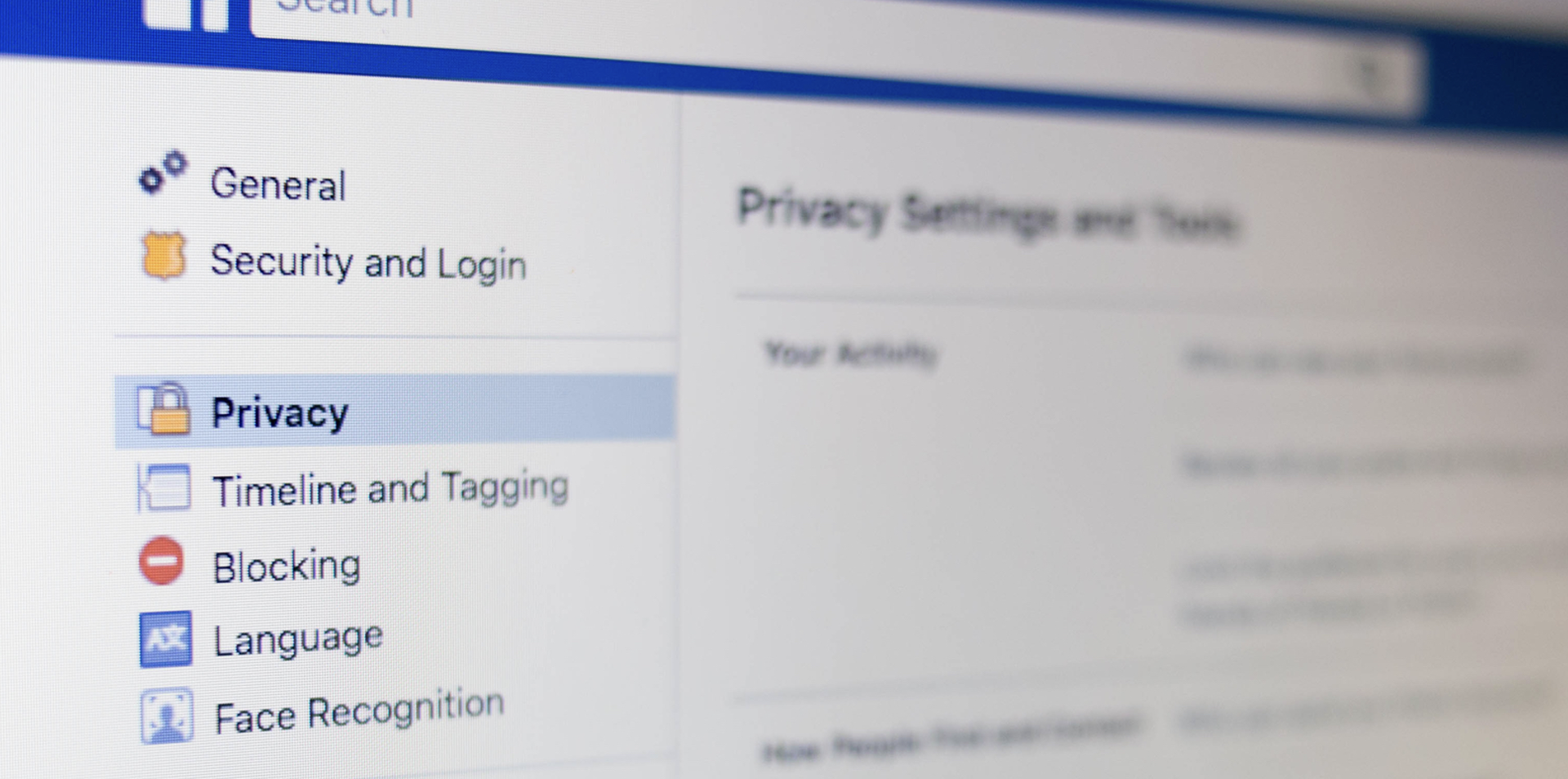
It is important for internet users, particularly those who have social media profiles (that means most people today) to be aware of the privacy issues surrounding social media. It is key that you take time to adjust your social media settings for your favorite social media platform, where you spend valuable time and share personal information. Remember that a lot of these settings (save for the most default and surface settings) are not set up for you. This is why we need to look at the different settings for some of the most active platforms out there like Facebook, Linked In, and Twitter.
Due to a large amount of privacy and security issues on the internet such as fraud, socially engineered scams, and even horrible scenarios like blackmail and extortion, it is paramount that you become informed about social media privacy settings. Thankfully, today most social media platforms have gone to great lengths to ensure a more private experience learning from previous scandals and data breaches, but they will not adjust these settings for you. You must know them first, and then tweak them yourself to your liking.
Table of Contents
What Are Social Media Privacy Settings?
Social media privacy settings exist primarily to safeguard your private information. Secondly, they exist so that companies like Facebook and Twitter can comply with privacy regulations and offer user privacy consent. Ideally, these settings should be present on any social media platform worth its salt. These settings give you the control to adjust and tweak how your personal information is utilized. Facebook, Twitter, and LinkedIn all have the necessary privacy and advertising settings that you can adjust, which are also now required by international policy and regulatory bodies. Social media privacy is known for breach of privacy scandals, surveillance, and cybercriminal data breaches leading to big problems for both the users and the company. For this reason, this has become a big ethical issue for large tech companies concerning what privacy violations are, the legality of all of them as well as where to draw privacy boundaries.
Why Should You Adjust These Settings?
Since the inception of social media services a.k.a social networking websites, in the earlier part of the 2000s, they have since expanded to harbor billions of users. This also means that all of these users are sharing a wealth of information on social media, some that are very private and even risky. The issue is that, with an endless amount of user information like billions of videos and images, as well as location data being shared, databases are overflowing and it is sometimes difficult for security to keep up with all of this, let alone the fact that a new social media account is created every few seconds by someone.
How to Adjust Privacy Settings For Facebook, Twitter, and LinkedIn
For Facebook, users need to look at the ‘Privacy’, ‘Profile Settings’, and ‘Photo Settings’ areas. This can be accessed via the down arrow in the right corner of the feed page in ‘Settings & Privacy.’ Here, you can adjust things like visibility, timeline privacy, audience choices, and what to do with past posts as well as the all-important setting regarding friend requests. Then, you can tweak your personal contact information and who can search for you. Secondly, the photo settings also allow you to adjust your audience (to whom what you upload is visible.) And finally, you should check your general Facebook profile settings where you adjust your primary information such as contact, work, education, and family each with their specific settings.
As for Twitter, things are a bit simpler. Twitter allows you to have a regular or ‘private account.’
You also need to take a look at whether ‘Protect my Tweet’ is turned on (if you want everyone to see your Tweets.) To access Twitter privacy settings, you need to access the ‘More’ button followed by ‘Security & Privacy from the left side. Furthermore, be careful when it comes to ‘location’ settings on Twitter. Twitter does keep these details and remembers the location of your Tweets. Then, like with Facebook, you can adjust visibility and audience-related settings as well as personal information settings.
LinkedIn is different from both Facebook and Twitter in that it is purely a business and work platform. The difference between them is that Facebook is social and entertainment, Twitter is whereas more related to journalism and news. So with LinkedIn, you need to access the ‘Me’ section and then jump into ‘Settings & Privacy.’ Again, there is visibility/audience information here that relates to who sees your information, who can find you, whether your profile is public or not. Furthermore, you can adjust who you follow, who you’ve blocked, and if information about your activity should be posted or not.
A final word of advice to all social media users would be that, aside from the sea of privacy settings, you can avoid many problems by being careful about what you post, remember that someone can copy that and keep it forever. Secondly, your account passwords should be long, complex, and used one-per-account (keep these written down.) Finally, use a premium Virtual Private Network or VPN when you connect to the internet to encrypt your connection and cloak your location.